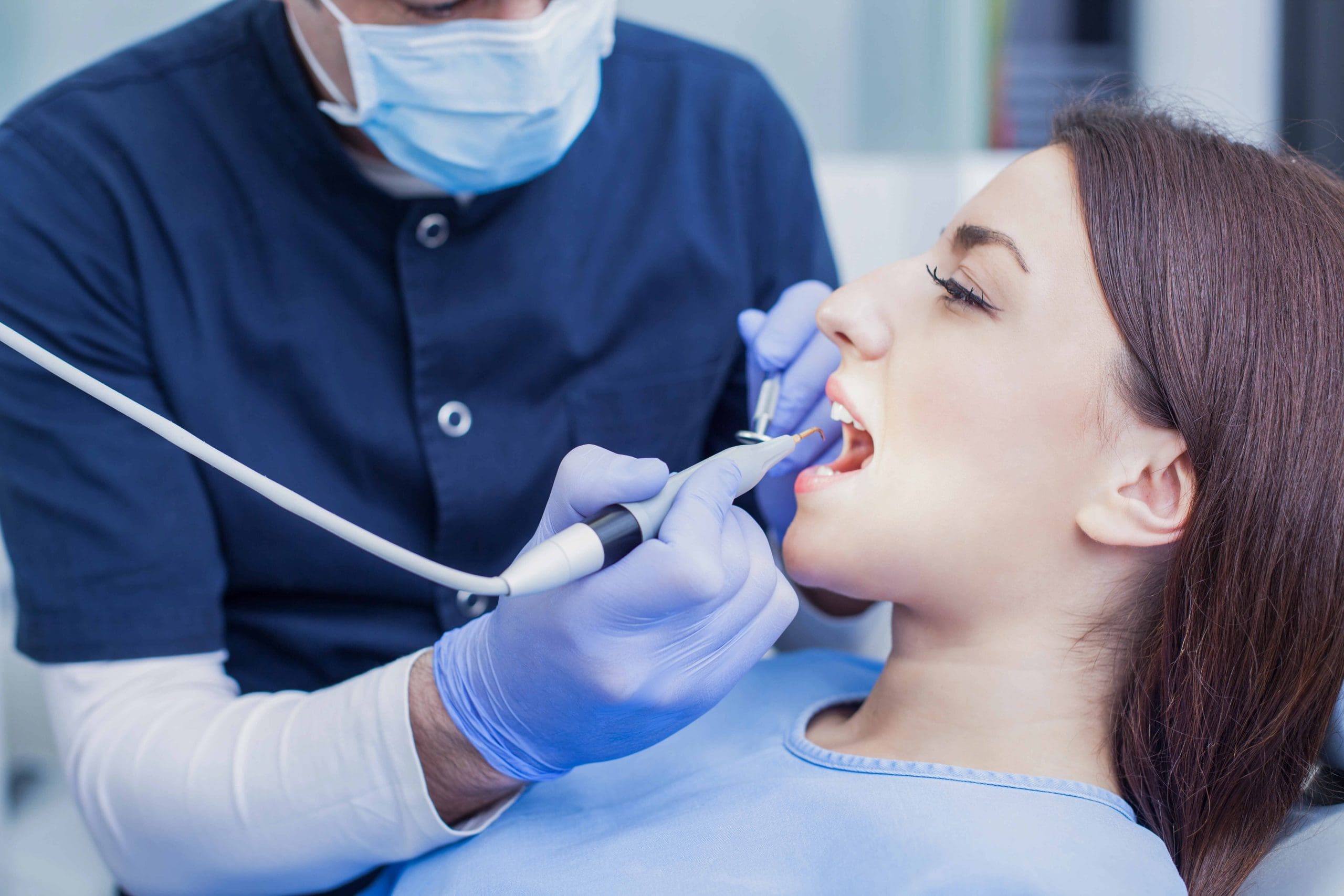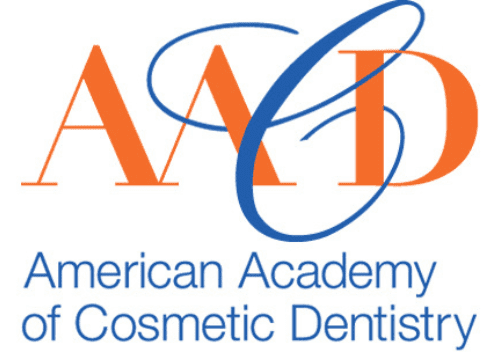Dentist Cleaning
When you arrive for your dentist cleaning appointment, the process typically begins with a warm welcome at the reception area. The staff will guide you through the check-in process, which usually involves confirming your appointment details and updating any necessary personal information.
This initial step ensures that your visit goes smoothly and that the dental team is prepared to provide you with the best care possible. Once you complete the check-in, you may be asked to wait briefly in the reception area until a dental hygienist is ready to see you. This waiting period is generally short, as dental offices strive to maintain a timely schedule.
If you’re curious about the duration of the entire procedure, you might find it helpful to read more about How Long Does a Dental Cleaning Take?
What is an Initial Oral Examination?
The initial oral examination is a crucial part of any dentist cleaning appointment. During this phase, the dentist conducts a comprehensive assessment of your oral health, checking for signs of tooth decay, gum disease, and other potential issues that might need attention.
The dentist may also take X-rays to get a clearer picture of your dental structure, ensuring any underlying problems are identified early. This thorough examination sets the stage for a more effective cleaning process, allowing the dentist to tailor the cleaning to your specific needs.
Understanding what happens during the initial oral examination can help alleviate any anxiety you might have about your dentist cleaning visit. For more details on the cleaning process, visit our Dental Cleaning Services Norwood page.
Understanding Plaque and Tartar
Plaque and tartar are common dental concerns that many people encounter during routine cleanings. Plaque is a soft, sticky film of bacteria that forms on your teeth and gums, often resulting from consuming foods and beverages.
If not removed through regular brushing and flossing, plaque hardens into tartar (or calculus), a more stubborn substance that adheres to the teeth. Tartar buildup can lead to various oral health issues, including gum disease and cavities, making it a focal point during dental cleanings.
Understanding plaque and tartar is essential for maintaining oral health and ensuring that your dental visits are as effective as possible.
The Role of Dental Hygienists
During a dentist cleaning, the dental hygienist plays a crucial role in maintaining your oral health. They perform the initial examination of your teeth and gums, remove plaque and tartar buildup, and polish your teeth to ensure they are clean and smooth.
The dental hygienist also educates patients on proper oral hygiene practices to prevent future dental issues. Their expertise and attention to detail are essential in providing a thorough and effective cleaning experience.
For those seeking professional dental care, Norwood Dental Cosmetics offers a comprehensive approach to oral health. Learn more on their Norwood Dentist page.
Tools of the Trade Explained
During a dentist cleaning, you may notice a variety of tools used throughout the process. These tools are essential for ensuring a thorough and effective cleaning. Common instruments include scalers and curettes, which remove plaque and tartar from the teeth.
A dental mirror helps the dentist see hard-to-reach areas, while an ultrasonic cleaner uses vibrations to dislodge stubborn deposits. Polishing tools are also employed to smooth the tooth surface, leaving your smile feeling fresh and clean.
Understanding these tools can help demystify the dentist cleaning experience, making it more comfortable and familiar.
The Cleaning Procedure Breakdown
Understanding the cleaning procedure can help ease any apprehensions. The process begins with a thorough examination of your oral health, where the dentist or hygienist checks for signs of gum disease or other issues.
This is followed by the removal of plaque and tartar using specialized tools, ensuring even hard-to-reach areas are addressed. Next, your teeth are polished to remove surface stains and give them a smooth finish. Finally, flossing is performed to clear debris from between your teeth.
This comprehensive dentist cleaning process enhances oral hygiene and contributes to overall dental health.
Post-Cleaning Sensations and Feelings
After a dentist cleaning, it’s common to experience various sensations and feelings in your mouth. Many people report a sense of freshness and smoothness on their teeth, which can be quite satisfying.
However, some individuals might notice slight sensitivity, especially if significant plaque or tartar buildup was removed. This sensitivity is usually temporary and subsides within a few days. Additionally, your gums might feel tender or appear slightly swollen, a normal reaction to the thorough cleaning process.
Overall, the sensations following a dentist cleaning are generally mild and indicate that your oral health is being maintained.
Frequency of Dental Cleanings
Understanding the frequency of dentist cleaning appointments is essential for optimal oral health. Most individuals are advised to visit their dentist for a professional cleaning every six months. This routine helps remove plaque and tartar that regular brushing and flossing might miss.
However, the exact frequency can vary based on individual oral health needs, which a dental professional can assess during your visits. Regular dentist cleanings play a crucial role in preventing dental issues and ensuring a healthy smile.
Importance of Regular Dental Visits
Regular dental visits are crucial for maintaining oral health and preventing issues before they become serious. Dentist cleanings are an essential part of these visits, helping to remove plaque and tartar buildup that regular brushing might miss.
By attending routine check-ups, individuals can ensure that their teeth and gums remain healthy, reducing the risk of cavities, gum disease, and other problems. These visits also allow dentists to monitor any changes in oral health, addressing concerns promptly.
Overall, consistent dental appointments contribute significantly to long-term oral hygiene and well-being.
Conclusion
Understanding what to expect during a dentist cleaning can ease any apprehensions you may have. For more insights, feel free to check out reviews on Google Maps or call 781-222-0327 for further information.





